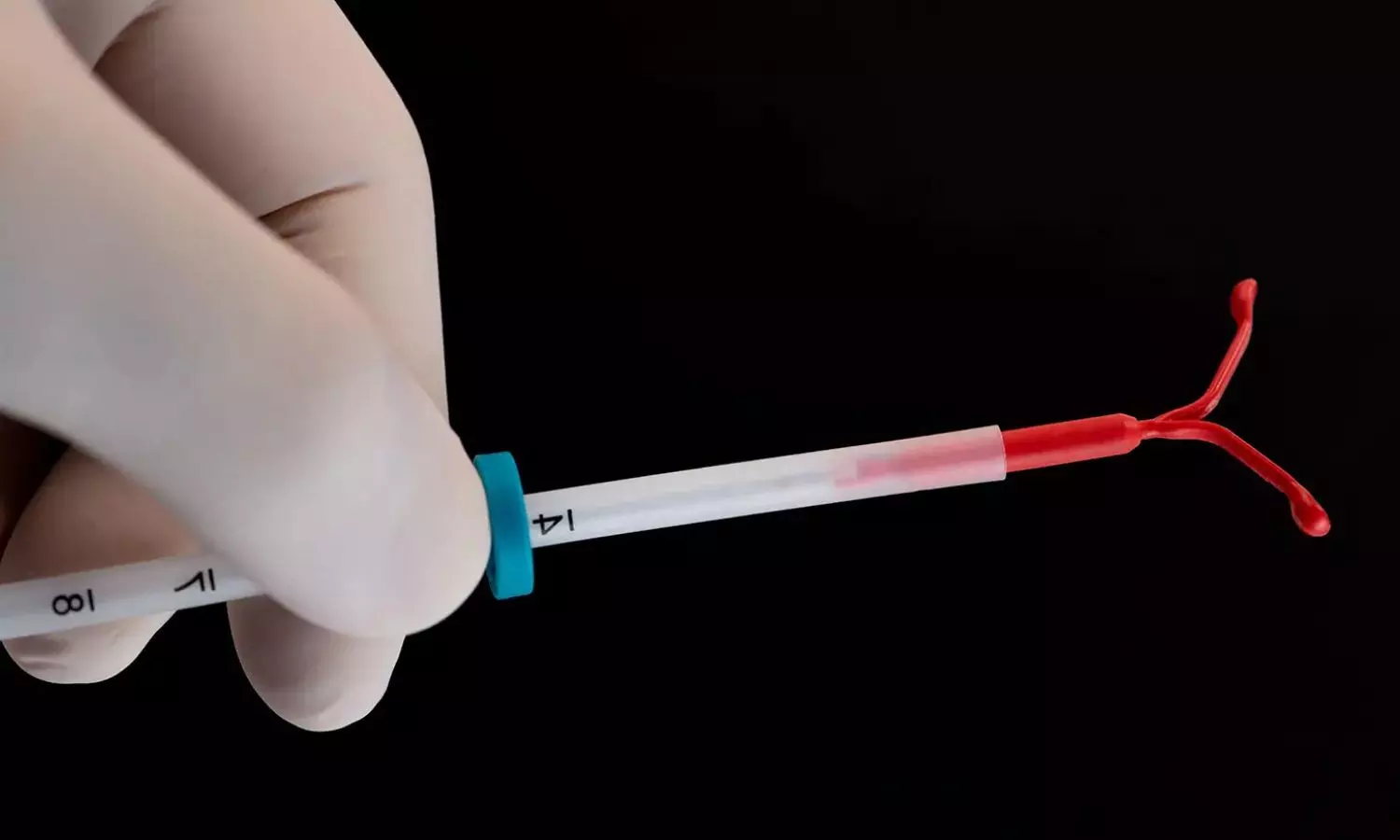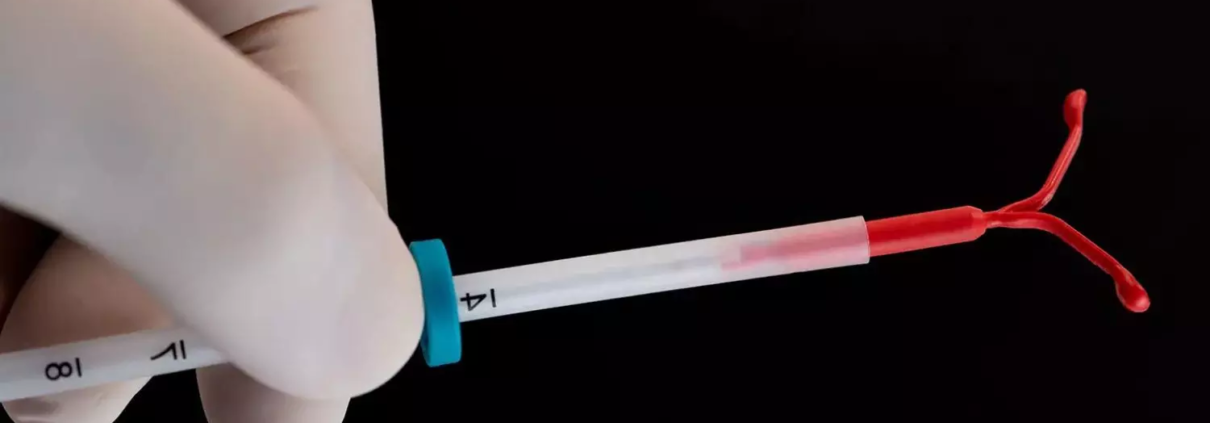Study Finds Higher Risk of Acne, Alopecia, and Hirsutism with Levonorgestrel IUDs

USA: A recent study has shown that levonorgestrel intrauterine devices (IUDs) are linked to a higher incidence of acne, alopecia, and hirsutism compared to copper IUDs, with variations observed between different types of levonorgestrel IUDs. The findings were published online in the Journal of the American Academy of Dermatology.
In an analysis of the FDA Adverse Events Reporting System database, Lydia Cassard and colleagues from the Cleveland Clinic Lerner College of Medicine in Cleveland, OH, aimed to determine the frequency of androgenic cutaneous side effects associated with levonorgestrel intrauterine devices.
For this purpose, the researchers reviewed the US Food and Drug Administration (FDA) Adverse Events Reporting System (FAERS) up to December 2023 to identify adverse events associated with levonorgestrel intrauterine devices (IUDs), specifically focusing on acne, alopecia, and hirsutism where the IUDs were the only suspected cause. The analysis included 139,348 reports related to levonorgestrel IUDs (Mirena, Liletta, Kyleena, and Skyla) and 50,450 reports for the copper IUD (Paragard).
The study led to the following findings:
- Levonorgestrel IUD users had significantly higher odds of reporting acne, alopecia, and hirsutism compared to copper IUD users, with odds ratios (OR) of 3.21 for acne, 5.96 for alopecia, and 15.48 for hirsutism.
- Among the different levonorgestrel IUDs, the Kyleena 19.5 mg IUD was associated with the highest likelihood of acne reports (OR, 3.42), followed closely by the Mirena 52 mg IUD (OR, 3.40) and the Skyla 13.5 mg IUD (OR, 2.30), all of which were statistically significant.
- For alopecia and hirsutism, the Mirena IUD was linked to the highest odds, with ORs of 6.62 and 17.43, respectively, followed by the Kyleena IUD (ORs of 2.90 for alopecia and 8.17 for hirsutism) and the Skyla IUD (ORs of 2.69 for alopecia and 1.48 for hirsutism), with all findings showing statistical significance.
- There were no significant differences in the reporting of acne, alopecia, or hirsutism between the Liletta 52 mg levonorgestrel IUD and the copper IUD.
“Overall, we found significant associations between levonorgestrel IUDs and androgenic cutaneous adverse events,” the authors noted. “Counseling before the initiation of levonorgestrel IUDs should include a discussion of potential cutaneous side effects, such as acne, alopecia, and hirsutism, to inform shared decision-making regarding contraception,” the researchers concluded.
The study’s limitations include the inability to verify FAERS database reports and potential variations in reporting rates due to differences in FDA approval dates. Additionally, the lack of data on prior medications limits the ability to fully understand the causes of these adverse events.
Reference:
Cassard, L., Mitchell, J., & Piliang, M. (2024). Frequency of androgenic cutaneous adverse events associated with levonorgestrel intrauterine devices: An analysis of the Food and Drug Administration Adverse Events Reporting System database. Journal of the American Academy of Dermatology. https://doi.org/10.1016/j.jaad.2024.10.045



